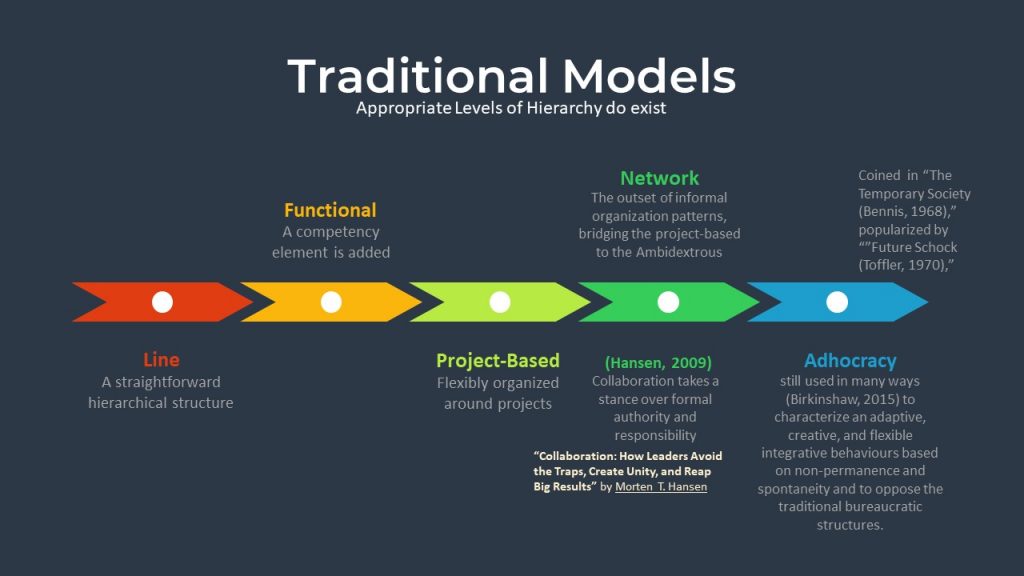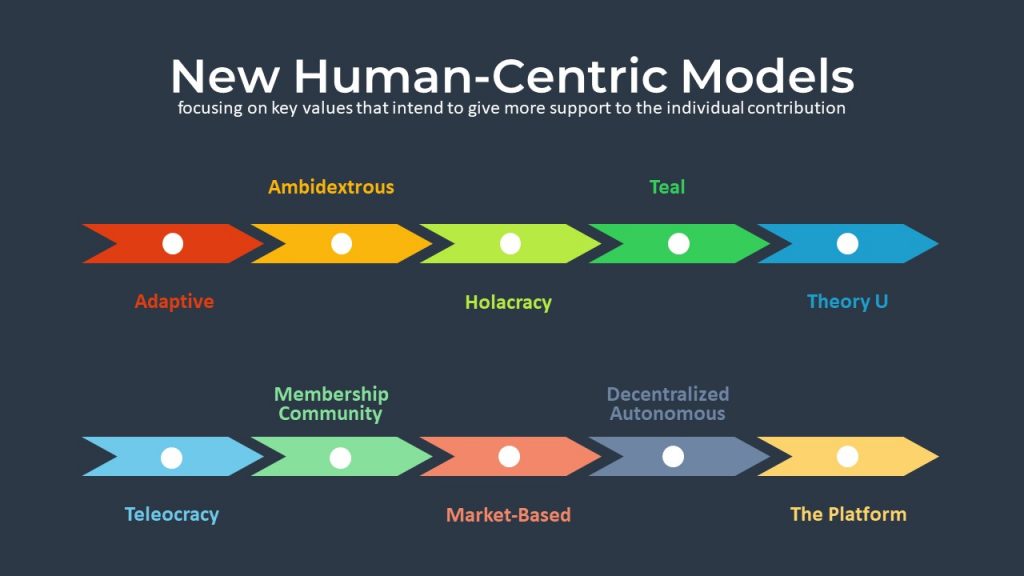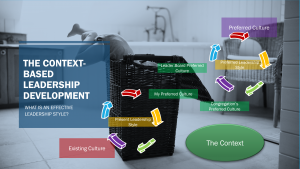I have introduced the Organizational Culture Assessment that produces the cultural profile of your congregation—exploring the profile guides you to own the sense of direction for your congregational cultural transformation. Embarking on the journey of change with the initial direction demands alignment since your congregation has been moving toward a particular trajectory of the congregational life cycle. Driving alignment is about learning to play leadership within the competing value framework discussed in my previous post.
What will be next? We need to proceed to build vitality for any new changes. It is about context-based systematic leadership development for cultural change management. Any attempt at the organizational change would face internal resistance. Building vitality is to exercise your leadership to motivate your congregation to be fully engaged in advancing toward the direction of the organizational development with little resistance as possible. There are many types of resistance. Church folks may appear to desire and agree to changes but remain silent about their views. This silence is not their accepting the changes. They may also have an attachment to the particularity of what they are and have been doing that has made them belong to and have stayed with the congregation so far. Any threat to those would rid the reason for their loyalty and can cause active resistance regardless of the purpose of the changes. Uncertainty about the change and its potential impact is the number one reason for resistance in the church environment. The COVID-19 pandemic has forced us to live a brand-new lifestyle with more significant uncertainty for the future. Paradoxically, it has diminished our natural resistance to future uncertainty. It would help to reevaluate the genuine cause for the uncertainty resistance that could waste time, energy, and money when introducing new visions, programs, and processes. Even though the proposed change may be biblical, logical, simple to follow, or even in your members’ best interests, it is that they are uncertain that your leadership can pull all the changes and its process together successfully without significant loss. Spiritual leaders have been trained to equip with a leadership style based on the following: (1) Charismatic leadership; (2) Authentic leadership; (3) Servant leadership; (4) Big-man theory; (5) Visionary leadership; (6) Trait theory, etc. They are most effective in a traditional organizational model shown below.
Most mainline denominations’ organizational structure combines the first three oldest rigid structures: a. Line; b. Functional; c. Project-based. The leadership styles that used to be effective in the past have not been so effective since the digital revolution that has created a new culture. Society takes on social norms, behavior patterns, and social traits and creates new cultures but keeps a linkage between the emerging ones and the ones in the past. However, the emerging digital culture is saltation beyond mutation. In my opinion, it has diverged from the lineage. Many organizations that seemed to have a permanent place in society have disappeared since they couldn’t keep up with saltational drama. Those known leadership have seemed irrelevant or even useless during the disruption. Other organizations have evolved and operated in different organizational structures to thrive in the digital culture. They are human-centric structures and are shown in the chart below:
In the old days, the congregations with charismatic leaders could survive and thrive under any upheavals. Or the congregation with a higher purpose could mobilize and break through obstacles even with the absence of charisma. However, people who have been associated with human-centric organizations over the last decades do not necessarily follow a charismatic leader or pursue a higher purpose blindly. People need to feel honored before their loyalty, and leaders should gain trust before their traits and goals play a role. Resistance to changes is no longer a challenge or a problem. It is a human preference for the stability or revertability of a system. The new focus is not on how to discover the natural causes for the resistance and get rid of them or alleviate the impact of the resistance. It should focus on the preferred future of the existing members and how to stimulate their journey away from the problem-saturated reality. Many leaders are so fetish about their vision or the-church-ought-to-be and become stuck on resolving tensions among different aspirations. Nobody knows the correct answer. Instead, pastors should focus on creating momentum to continuously advance to the next rounds of a development process loop. Have a belief that the congregation will identify and see their preferred future as they advance the process.
To create momentum, Internal Ministry Marketing strategy should be considered. Internal Ministry Marketing (“IMM”) is a deliberate effort to overcome organizational resistance to change and align, motivate, and integrate members to implement community-centric ministries effectively.
I’m going to use the following activities to explain what IMM is:
- Brand Education – educate your church members about the legacy and mission of your church and how it has evolved:
- Members feel like they are part of something bigger and divine.
- Members understand the current or new iteration of your church’s brand and culture.
- Member recognition programs – Have pastors and key leaders write thank-you letters to staff and team members; Host member awards events; Offer incentive programs with experiential rewards; Don’t forget to recognize the online participants?:
- Recognition and complement can make “an elephant dance.”
- Motivation produces engagement, encouraging members’ passion for being actualized.
- Integrated communication channels – Use new technologies to deliver branded information and keep everyone in alignment with the church’s higher objectives:
- It reduces dependence on meetings.
- It offers ways to measure member adoption and engagement.
- Member roundtables – Roundtables provide a safe and constructive place for members to get together and share ideas; Us “Six-hats” to allow a range of different viewpoints and perspectives to be brought into the roundtables:
- These discussions can reveal your congregation’s “spoken stories” and “hidden stories.”
- It allows us to take new initiatives based on those stories.
- Bonding activities – Create opportunities for members to kick back, have some fun and get to know their members better in an informal setting; Online yoga, online computer class, online book club, hiking, etc.:
- Familiarity and camaraderie encourage team members to share ideas, ask questions and drive innovation.
One of the most important goals of the above activities is to help your congregation own a sense of urgency for seeking to reach the neighboring community. Instead of jumping into hastily implementing a new ministry based on your church folks’ aspirations, invite those with a sense of urgency into a development process. In the following post, I will discuss a new development strategy called I.G.N.i.T.E. Ministry Diffusion based on Agile development.









